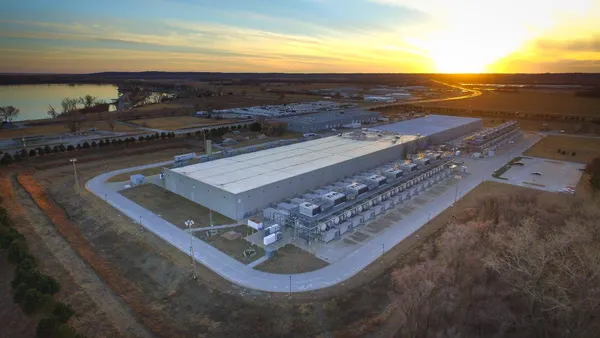Dive Brief:
- Rising electric vehicle charging loads could threaten bulk power system reliability, depending on how EVs are operated, the North American Electric Reliability Corp. concluded in a white paper published Thursday. There were 1.2 million EVs sold in the U.S. last year, and experts anticipate continued growth.
- The solution is for EV and charging system manufacturers to boost their collaboration with electric utilities in order to establish performance criteria and standards for “grid-friendly EV charging methods,” NERC said.
- The EV sector and utility companies must stand up “uniform programs across the country to enable fast, reliable installation of EV chargers,” Blink Charging Chief Technology Officer Harjinder Bhade said in an email. Those could include tariffs that align charging with clean energy generation and the potential for EVs to send power back to the grid, he said.
Dive Insight:
While the early load impacts of EV adoption have materialized at the local level — a few new vehicles can stress neighborhood feeders, say experts — NERC is concerned that as penetration levels rise, there may be reliability issues on the bulk power system as well.
EVs were 7.6% of new vehicle sales in 2023, and more than 8% of new sales in the fourth quarter. Though growth has slowed somewhat, Cox Automotive said it expects EV sales to surpass 10% of new sales in 2024.
“As the rapid electrification of the fleet continues, increased cross-sector awareness, collaboration, innovation and information sharing will be essential to closing these knowledge gaps, meeting future demand and ensuring grid reliability, resilience and security,” Soo Jin Kim, NERC’s vice president of engineering and standards, said in a statement.
EV charging systems can hurt voltage recovery if they do not detect grid faults fast enough, and the study found some chargers can be delayed in returning to normal consumption patterns following a grid disruption.
Transmission planners "will need to modify their planning criteria to indicate the types of charger performance criteria that are grid-friendly for their planning area,” NERC concluded. “Different parts of North America will likely have different criteria for this, and it may be possible to address these criteria with EV charging software updates.”
“Vehicle manufacturers, the electric industry, and policymakers must increase collaboration to close knowledge gaps and address reliability concerns and benefits,” the report recommended.
EV charging experts said they largely agreed with the report’s conclusions, and believe the next generation of technologies will make managing EV charging easier.
“Establishing uniform tariffs and programs that enable the growth of vehicle-to-everything technology beyond trial periods is a great way to move this shared work forward,” Blink Charging’s Bhade said. “This emerging tech allows for the transfer of electricity from EV batteries back onto the grid and ultimately to end users as they need it.”
The capability of an EV to send power back to the grid or a building — vehicle-to-everything — will allow EVs to become a source of electric power on the distribution system. NERC noted that its study did not evaluate the impacts from vehicle-to-grid capabilities, and solely considers impacts “in response to EVs when they are in charging mode.” However, it did recommend industry develop “more specific models to represent [vehicle-to-grid] behaviors that are widely implemented in software platforms.”
“The current models are not a good representation of both reduction of load and increase in generation and, as such, a generic aggregate model that can accomplish all aspects of the EV representation should be explored,” NERC said.
The utility industry “needs new solutions to manage EV demand,” Utilidata President and Chief Operating Officer Jess Melanson wrote in an email. “This requires utilities to be able to capture and understand granular real-time data where EVs are charging and their impact on the grid.” The company offers a platform known as Karman that uses local artificial intelligence-driven models to predict charging behavior.
Last year, Utilidata launched a research partnership with the University of Michigan Transportation Research Institute to study EV driving and charging behaviors and how they can impact the grid. “We plan to share early findings soon and engage with OEMs and local utilities to scale our solution, improving data sharing and collaboration at the grid edge,” Melanson said.














